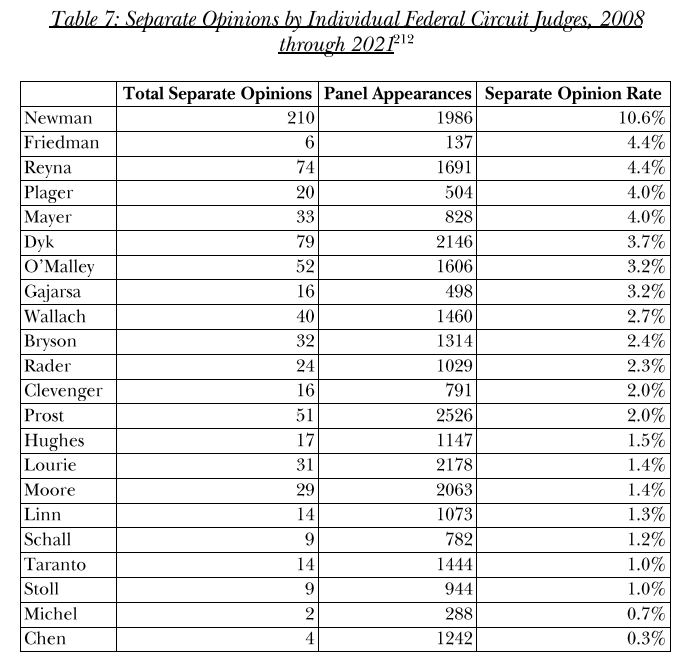
"The Federal Circuit has shifted from a 10-1 Republican majority in the early 1990s to an 8-3 Democratic appointment in recent times, impacting institutional dynamics."
"The court's handling of more politically charged cases, such as V.O.S. Selections v. Trump, may provoke claims of partisanship, prompting an institutional shift."
"En banc proceedings and unanimous per curiam orders reflect an effort by the Federal Circuit to protect its integrity against accusations of partisanship."
"A recent study by Jason Rantanen and others provides empirical evidence looking into how political ideology and judicial expertise intersect within the Federal Circuit."
The Federal Circuit has undergone a significant transformation in its political composition, shifting from a 10-1 Republican majority in the early 1990s to its current 8-3 Democratic-appointed majority. This change has both symbolic and practical consequences, particularly as the court faces politically charged cases like V.O.S. Selections v. Trump. The Federal Circuit's methods, including en banc proceedings and unanimous per curiam orders, appear to be strategies aimed at reducing perceptions of partisanship. Additionally, a study examining opinions and dissents from 2008 to 2021 offers insights into how ideology and expertise influence the court’s decisions.
Read at Patently-O
Unable to calculate read time
Collection
[
|
...
]